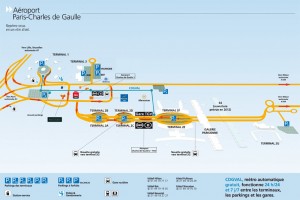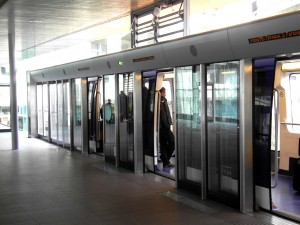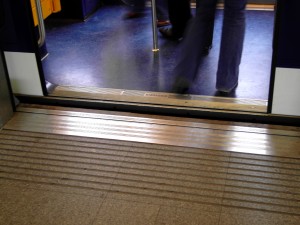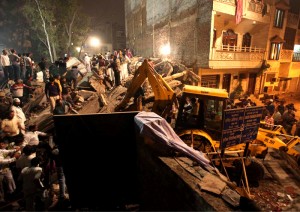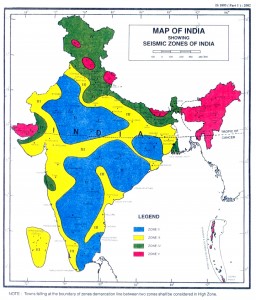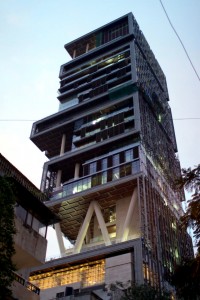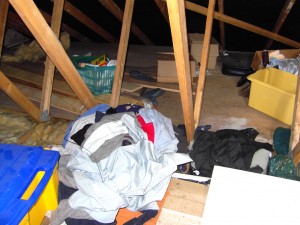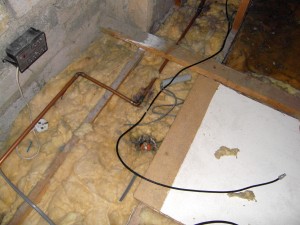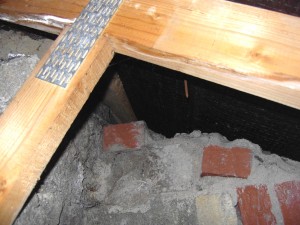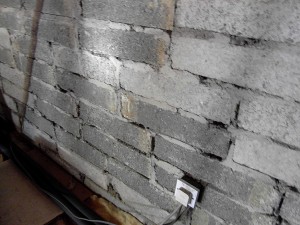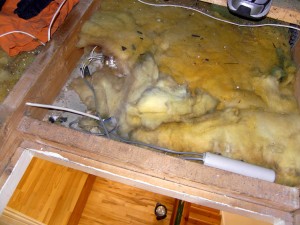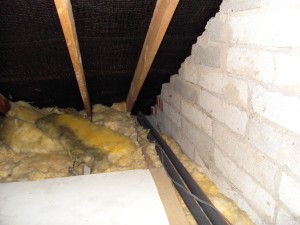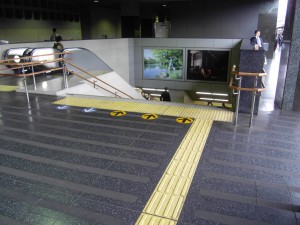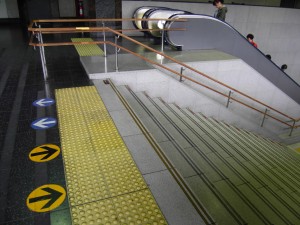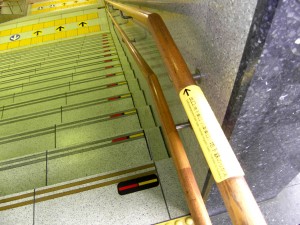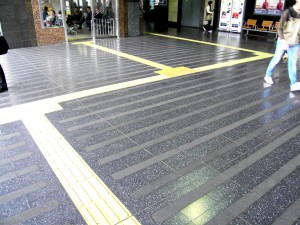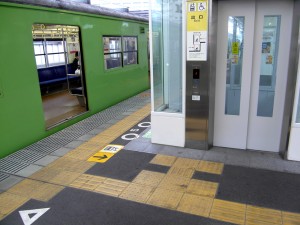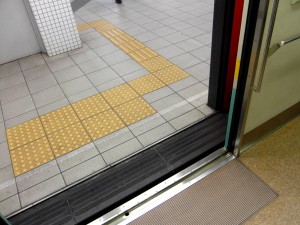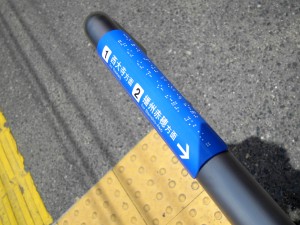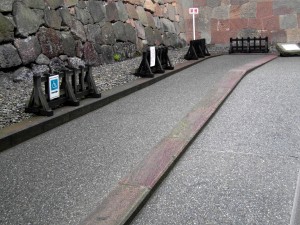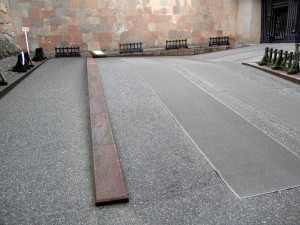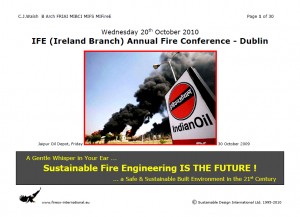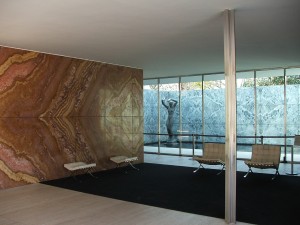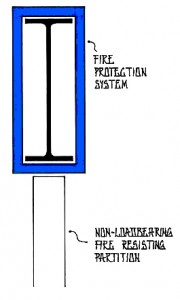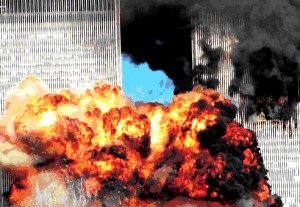2011-01-15: Recently, I was waiting … and waiting … for the first mention of this important news to pop up on any of the European Disability Networks … the Formal Ratification by the European Union (EU) of the 2006 United Nations Convention on the Rights of Persons with Disabilities … on 23 December 2010 last.
History in the making !!
This U.N. Convention was adopted on 13 December 2006 (2006-12-13), at the United Nations Headquarters in New York … and was opened for signature on 30 March 2007. It entered into force, i.e. became an International Legal Instrument, on 3 May 2008 (2008-05-03). A copy of the Convention can be downloaded, here, on this Site … in my post, dated 31 October 2009.
Finally, on Monday 10 January 2011 … via ICTA-Europe, EDeAN, and the EU Press Release below … it was announced …
EU Press Release IP/11/4 – Brussels, 5 January 2011
EU Ratifies UN Convention on Disability Rights
Click the Link Above to read and/or download PDF File (25kb)
So much for instant communication in our much-vaunted Information / Knowledge / Smart Society !!
.
Ordinarily, this news would be nothing to get excited about.
BUT … since the Lisbon Treaty entered into force on 1 January 2009 … the European Union now has a legal personality all of its own, separate from those of the individual EU Member States. See Article 47 in Title VI – Final Provisions – of the Treaty on European Union (consolidated version).
This is the first time that the EU has become a party to an international treaty.
The 2006 United Nations Convention on the Rights of Persons with Disabilities is now part of the European Union’s Acquis Communautaire, i.e. the extensive body of EU Law.
.
The consequential impacts flowing, therefore, from the EU’s Ratification of the U.N. Convention … at both European and Member State (National) levels … will be very, very interesting to observe during the immediate short term. [A note of caution … be patient, and allow for a short period of ‘bedding-in’ at the start. See below.]
The European Commission, for example, must now take full account of the Convention in the drafting and implementation of any new legislation, policies and programmes … in fact, all of its activities.
The European Court of Justice must also take full account of the Convention in all of its work.
This will, inevitably, heavily influence what is … or is not … happening with regard to social and other policies at national level in the Member States. Many Member States (16) have already ratified the Convention … and more power to them ! BUT among these 16 … the Czech Republic and Denmark have not yet ratified the UN Convention’s Optional Protocol … how strange … and unacceptable !!
Some Member States … and I am thinking specifically of Ireland … will have to be dragged, screaming, to the point of ratification. And even when that position has been reached … proper implementation will always be an issue. Just consider, for a moment, Ireland’s uncaring and ham-fisted approach to implementation of the 1989 U.N. Convention on the Rights of the Child … which it did actually ratify way back on 28 September 1992 ! See my post, dated 30 November 2009.
.
Accessibility of the ‘Human Environment’ – A Harmonized EU Understanding !
As far as the European Union must now be concerned … and all of the EU Member States … Preamble Paragraph (g) and Articles 9, 10 & 11 of the 2006 United Nations Convention on the Rights of Persons with Disabilities – together – form the basis of a harmonized understanding for Accessibility of the ‘Human Environment’ … which includes the Built Environment, the Social Environment, the Economic Environment, and the Virtual Environment … concepts which I have defined, here, many times before.
Preamble Paragraph (g)
Emphasizing the importance of mainstreaming disability issues as an integral part of relevant strategies of sustainable development,
Article 9 – Accessibility
1. To enable persons with disabilities to live independently and participate fully in all aspects of life, States Parties shall take appropriate measures to ensure to persons with disabilities access, on an equal basis with others, to the physical environment, to transportation, to information and communications, including information and communications technologies and systems, and to other facilities and services open or provided to the public, both in urban and in rural areas. These measures, which shall include the identification and elimination of obstacles and barriers to accessibility, shall apply to, inter alia:
(a) Buildings, roads, transportation and other indoor and outdoor facilities, including schools, housing, medical facilities and workplaces ;
(b) Information, communications and other services, including electronic services and emergency services.
2. States Parties shall also take appropriate measures:
(a) To develop, promulgate and monitor the implementation of minimum standards and guidelines for the accessibility of facilities and services open or provided to the public ;
(b) To ensure that private entities that offer facilities and services which are open or provided to the public take into account all aspects of accessibility for persons with disabilities ;
(c) To provide training for stakeholders on accessibility issues facing persons with disabilities ;
(d) To provide in buildings and other facilities open to the public signage in Braille and in easy to read and understand forms ;
(e) To provide forms of live assistance and intermediaries, including guides, readers and professional sign language interpreters, to facilitate accessibility to buildings and other facilities open to the public ;
(f) To promote other appropriate forms of assistance and support to persons with disabilities to ensure their access to information ;
(g) To promote access for persons with disabilities to new information and communications technologies and systems, including the Internet ;
(h) To promote the design, development, production and distribution of accessible information and communications technologies and systems at an early stage, so that these technologies and systems become accessible at minimum cost.
Article 10 – Right to Life
States Parties reaffirm that every human being has the inherent right to life and shall take all necessary measures to ensure its effective enjoyment by persons with disabilities on an equal basis with others.
Article 11 – Situations of Risk & Humanitarian Emergencies
[My Note: An outbreak of fire in a building would be a situation of serious risk.]
States Parties shall take, in accordance with their obligations under international law, including international humanitarian law and international human rights law, all necessary measures to ensure the protection and safety of persons with disabilities in situations of risk, including situations of armed conflict, humanitarian emergencies and the occurrence of natural disasters.
.
Accessibility of the ‘Human Environment’ – Competent & Effective EU Implementation !
Within the European Union as a whole, because it is a party to the Convention in its own right … and also within the individual EU Member States … Articles 31 & 33 of the 2006 United Nations Convention on the Rights of Persons with Disabilities – together – mandate that implementation is taken seriously … that it is competent and effective … and, most importantly, that independent monitoring and verification is a fundamental part of the process.
Article 31 – Statistics & Data Collection
1. States Parties undertake to collect appropriate information, including statistical and research data, to enable them to formulate and implement policies to give effect to the present Convention. The process of collecting and maintaining this information shall:
(a) Comply with legally established safeguards, including legislation on data protection, to ensure confidentiality and respect for the privacy of persons with disabilities ;
(b) Comply with internationally accepted norms to protect human rights and fundamental freedoms and ethical principles in the collection and use of statistics.
2. The information collected in accordance with this article shall be disaggregated, as appropriate, and used to help assess the implementation of States Parties’ obligations under the present Convention and to identify and address the barriers faced by persons with disabilities in exercising their rights.
3. States Parties shall assume responsibility for the dissemination of these statistics and ensure their accessibility to persons with disabilities and others.
Article 32 – International Co-Operation
1. States Parties recognize the importance of international co-operation and its promotion, in support of national efforts for the realization of the purpose and objectives of the present Convention, and will undertake appropriate and effective measures in this regard, between and among States and, as appropriate, in partnership with relevant international and regional organizations and civil society, in particular organizations of persons with disabilities. Such measures could include, inter alia:
(a) Ensuring that international co-operation, including international development programmes, is inclusive of and accessible to persons with disabilities ;
(b) Facilitating and supporting capacity-building, including through the exchange and sharing of information, experiences, training programmes and best practices ;
(c) Facilitating co-operation in research and access to scientific and technical knowledge ;
(d) Providing, as appropriate, technical and economic assistance, including by facilitating access to and sharing of accessible and assistive technologies, and through the transfer of technologies.
2. The provisions of this article are without prejudice to the obligations of each State Party to fulfil its obligations under the present Convention.
Article 33 – National Implementation & Monitoring
1. States Parties, in accordance with their system of organization, shall designate one or more focal points within government for matters relating to the implementation of the present Convention, and shall give due consideration to the establishment or designation of a co-ordination mechanism within government to facilitate related action in different sectors and at different levels.
2. States Parties shall, in accordance with their legal and administrative systems, maintain, strengthen, designate or establish within the State Party, a framework, including one or more independent mechanisms, as appropriate, to promote, protect and monitor implementation of the present Convention. When designating or establishing such a mechanism, States Parties shall take into account the principles relating to the status and functioning of national institutions for protection and promotion of human rights.
3. Civil society, in particular persons with disabilities and their representative organizations, shall be involved and participate fully in the monitoring process.
.
The European Union’s Disability Strategy 2010-2020 [COM(2010) 636 final]
The general approach to, and the quality of, Accessibility Implementation in Europe … when compared, for example, with Japan … is pathetically inadequate.
It is quite amazing, therefore, that the texts which deal with Accessibility of the ‘Human Environment’ in the EU’s Disability Strategy Document 2010-2020 … are weak and far too vague … basically, meaningless claptrap drafted by desk jockeys / ‘suits who do not know’ ! We did not achieve a ‘Europe Accessible For All’ by 2010 (see below) … do you see it ?? And … at the current rate of progress, neither will we achieve a ‘Europe Accessible For All’ by 2020 !
The European Union’s Accessibility Strategy, related Policies and Programmes … and the monitoring, targeting and independent verification of Accessibility Implementation … all require a radical overhaul !
All those Officials in the European Commission who are involved, in any way, shape or form, with Accessibility of the ‘Human Environment’ would do well to RE-READ AND MEDITATE DEEPLY on the contents of the 2003 Final Report from the Group of Accessibility Experts, which was established by the European Commission itself …
EU 2003 (EYPD) Expert Group on Accessibility
October 2003
2010: A Europe Accessible For All
Click the Link Above to read and/or download PDF File (294kb)
I was a Member of that Expert Group !
.
AND SOME WIDER CONCERNS …
1. The European Union HAS NOT RATIFIED the UN Disability Rights Convention’s Optional Protocol. If the Union is so Open and Transparent … and so committed to Human and Social Rights for All EU Citizens … somebody, somewhere, has to scream out loud “Why is the EU Not Ratifying this Optional Protocol ???”. And … we demand an honest answer !!!
Optional Protocol – Article 1
1. A State Party to the present Protocol (‘State Party’) recognizes the competence of the Committee on the Rights of Persons with Disabilities (‘the Committee’) to receive and consider communications from or on behalf of individuals or groups of individuals subject to its jurisdiction who claim to be victims of a violation by that State Party of the provisions of the Convention.
2. No communication shall be received by the Committee if it concerns a State Party to the Convention that is not a party to the present Protocol.
2. The EU Code of Conduct between the Council, the Member States and the Commission setting out internal arrangements for the implementation by and representation of the European Union relating to the United Nations Convention on the Rights of Persons with Disabilities. Above, I talked about a short period of ‘bedding-in’. BUT … get your teeth into the ‘meat’ of this document … which indicates that it might be a much longer and more difficult process !?!
Official Journal of the European Union (15 December 2010) – 2010/C 340/08
EU Council – UN Disability Rights Convention – 2010 Internal Code of Conduct
Click the Link Above to read and/or download PDF File (729kb)
3. At EU Council … How Important is this Issue Considered ? In the 37 Page Report on the Justice and Home Affairs Council Meeting, which was held in Brussels from 2-3 December 2010 … the adoption of the above Internal Code of Conduct rated just a very brief mention on the last page. It was not mentioned, at all, among the Main Results of the Meeting !
4. Will Disability Networks, at both European and Member State (National) levels, have the stamina … and be sufficiently competent and focused … to rigorously monitor European Union Implementation of the UN Disability Rights Convention ?? And … will these Networks be courageous in challenging the EU Institutions … if Implementation is found to be Inadequate ??? I’m not so sure !
.
.
END
